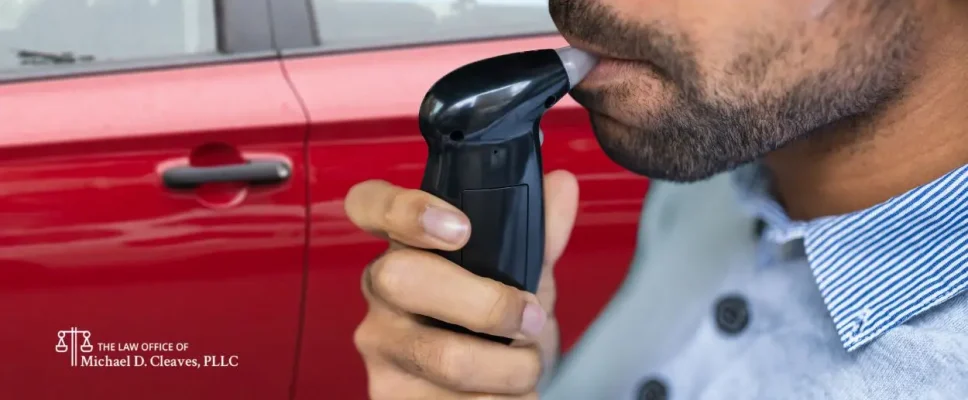Breaking down the mechanics of breath testing devices

Breaking down the mechanics of breath testing devices
Breaking down the mechanics of breath testing devices is crucial when understanding the reliability of DUI evidence. Past posts on this blog touched upon the notion of challenging the results of a breath test when introduced as evidence against one facing drunk driving charges. One might think that such a challenge may be fruitless, given the perceived accuracy of such tests. Yet according to information shared by the National Motorists Association, breath tests may have a margin of error as high as 50%.
However, scrutinizing such results can indeed be difficult. Doing so requires that one understand exactly how hand-held breath testing devices obtain their measurements, and (more specifically) how the mechanics of this process introduce the potential for error.
How alcohol gets in one’s breath
Knowing this comes from a comprehension of the process of how alcohol ends up on one’s breath. The exact form of alcohol used in beverages is ethanol. Being a water-soluble compound, ethanol can pass through membrane surfaces through a process known as passive diffusion. This allows the ethanol one ingests to pass through the organs of their gastrointestinal tract and enter into their bloodstream. Once ethanol is in the blood, the veins carry it throughout the body, eventually transporting it to the lungs. In the lungs, it comes in contact with oxygen, which causes some of it to vaporize into a gas (which then leaves the body as one breathes). The balance between the alcohol on one’s breath and in their blood thus remains in equilibrium.
Breath testing devices assume a static blood-to-breath ratio
Per the Alcohol Pharmacology Education Partnership, breath testing devices assume the equilibrium ratio between one’s blood alcohol content and that of their breath to be 2100:1. Yet one’s actual blood-to-breath ratio can range between 1500:1 to 3000:1. The potential for such a wide range of variance may lend credence to one questioning the validity of breath test results.
Get In Touch With Us
Fields Marked With An “*” Are Required
© 2026 The Law Office of Michael D. Cleaves, PLLC • All rights reserved.


